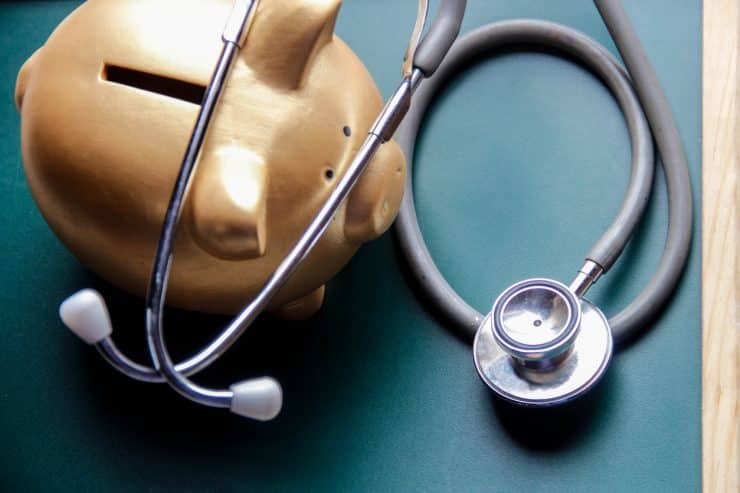These days, we’re all hearing more about HSAs or health savings accounts — and there’s a good reason for this. They’re booming. A total of 25 million people now have HSAs, a type of medical savings accounts available to people who are enrolled in high deductible health insurance plans. That’s 13% increase from 2018, according to a study by investment advisory Denevir. Consumers accumulated a total of $53.5 billion these accounts, thanks in part to additional employer contributions which have gone up from an average of $604 to $839 per year. Looking at the data it’s obvious: high deductible health plans and their corresponding HSAs are here to stay. So how do you get the most out of yours if you have one?
Make Contributing A Priority
Many people tend to underestimate the value of an HSA, and may put it towards the bottom of their list of priorities when making out their monthly budget, explains says Dr. Stephen Neeleman, founder and vice chair of health technology firm HealthEquity. That’s often a mistake because HSAs have significant tax benefits. Contributions are made with pre-tax dollars, meaning that you’re reducing your annual taxable income when you kick money in. Money in the account can be invested for tax-free growth. And even your withdrawals — as long as they’re made for eligible health-related expenses — are tax-free. As an added bonus, any money left in your account when you reach 65 can be withdrawn for tax-free, for any purpose. In other words, you should start to see your HSA not only as a savings account, but potentially as an asset in your retirement. Contribution limits for 2019 are $3,500 for singles or $7,000 for families. If you’re 55 or older, you’re eligible to contribute an extra $1,000.
Think Strategically About How And When You Use The Money
There are two ways to use an HSA and both will save you money. If you contribute money and then use it to fund current healthcare expenses, it’ll save you about 25 percent on your day-to-day medical bills. That’s a good thing. But if you can pay for current healthcare expenses outside of our HSA and allow the money in the account to grow, that can be even better because you can take advantage of tax-free growth, explains Roy Ramthun, founder and president of HSA Consulting Services. There’s no deadline on requesting reimbursement from your HSA (you can wait decades if you want). This means you can save your receipts for expenses, and wait to request reimbursement until your money has seen some growth over time. You’ll just need to make sure you save your receipts, Neeleman cautions, adding that you have to be a very patient (and organized) customer to make this work.
Invest the Money
If you’ve decided to stockpile money in your HSA for years to come, it’s important to “turn on” your ability to invest the money — which far too few people do. Typically, once you’ve contributed $1,000 you can start to invest your balance in a limited menu of mutual funds, and once you hit $10,000, you can open a self-directed brokerage account. Although having the opportunity to invest is wonderful, you just have to be cautious with where you put your money to make sure the funds you choose have a low expense ratio, Neeleman says. Any money not paid in investment expenses goes into your pocket.
With Megi Meskhi






